About This Project
We've discovered a few new mushrooms thriving in this harsh environment of land-disposed sewage sludge in Snoqualmie, Washington. We're testing these mushrooms for new antimicrobial properties. Microbes that survive exposure to toxic sewage sludge engage adaptive mechanisms that transform toxins into secondary metabolites.
Ask the Scientists
Join The DiscussionWhat is the context of this research?
In a previous experiment, we identified several fungi that thrive when exposed to toxic sewage sludge. We achieved in vitro culture of one species (Mycena cinerella) under controlled conditions (https://experiment.com/projects/do-novel-fungi-detoxify-sewage-sludge/updates). We are using this fungus as a model system to investigate antibiosis, the antagonistic interaction between two or more microbes that generally engages a chemical mechanism of action for competitive advantage. Harsh environments are investigated as potential sources of new pharmaceuticals, including new antibiotics. The antibiotic cephalosporin was first identified in a culture of the fungus Cephalosporium acremonium that was isolated from a sewer in Sardinia, Italy, in 1948 (http://en.wikipedia.org/wiki/Cephalosporin).
What is the significance of this project?
We are experiencing a decline in the discovery and development of new safe and effective antibiotics that represent new classes of drugs to defeat antibiotic resistance. Antibiotic resistance is spreading among pathogens, while new antibiotics entering the market continue to decline. A critical result is that both hospital-acquired and community-associated infections now affect more than 2 million patients annually in the US alone, and are responsible for more than 100,000 deaths. There is a clear and urgent need for the discovery and development of new antimicrobial agents from novel unexplored sources that are effective against antibiotic-resistant infectious agents. Our observations suggest that fungi exposed to toxic waste may represent a novel source of new antimicrobial agents.
What are the goals of the project?
We have identified four fungi that thrive in toxic sewage sludge. The first fungus will be evaluated for its ability to transform sewage sludge toxins into novel compounds that enable the fungus to compete in a harsh environment. The fungus will be cultured in fractions of sewage sludge extracts and evaluated for antimicrobial activity against antibiotic-resistant bacteria that represent substantial threats to patients in clinical care and in the community. Fungal culture fractions that demonstrate antibiotic activity against the pathogens will be subjected to further separation and analytical chemistry to identify and characterize the active chemicals. The fractionation, culture and antibiotic activity methods used are standard laboratory methods for detecting antimicrobial activity.
Budget
The identification of antimicrobial agents by various conventional and technology-driven methods requires access to laboratory operations that specialize in fungal culture and extractive chemistry. We have engaged a local contract research laboratory (http://www.bioresearch.com/) that is expert in fungal culture and chemical fractionation work. Also, the contract laboratory will provide basic sewage sludge fractionation capabilities, plus initial evaluation of antimicrobial activity against antibiotic-resistant bacterial isolates. Support for the definitive analytical chemistry methods for full characterization of any fractions or compounds identified as having antimicrobial activity will be budgeted in subsequent stages of the project.
Endorsed by
Meet the Team
Affiliates
Team Bio
The Researcher's Doctoral research at the University of California, Riverside, CA, explored sexual reproduction in the fungal plant pathogen Phytophthora parasitica to discover biological controls for fungal diseases of agricultural crops.
He was research microbiologist investigating extremophile microbes in Antarctica as part of US Antarctic Research Program for NSF, NASA/JPL.
He was Consultant to US Department of Energy as environmental monitor for energy development on Tribal lands in the Western US.
He managed a national program of pediatric cancer clinical trials research at the University of Southern California, Cancer Center.
He is a developer of novel antimicrobial agents for the treatment of antibiotic-resistant forms of Staphylococcus aureus and Mycobacterium tuberculosis.
He is dedicated to the prevention of chronic diseases by identifying environmental contaminants and pollutants that incite disease, notably in sewage sludge disposed in forests and on agricultural lands.
He is currently investigating the risk and threat posed by sewage sludge from wastewater treatment plants disposed in forests and on farm lands that produce human food and food animal feed crops, and that adversely impact human and environmental health. The goal is to achieve abolition of land-disposed sewage sludge.
Many forests and farms where toxic wastes are disposed are behind locked gates, so Richard gains access by mountain bike and hiking; research is not always done in the lab.
Richard Honour
The Researcher’s doctoral research explored mechanisms of sexual reproduction in the Oomycetous plant pathogen Phytophthora parasitica. The objective was to discover biological controls for this and other Oomycetous plant pathogens and diseases, rather than increasing the use of chemical agents. Note: Oomycetes, or water molds, are more closely related to algae and green plants than to fungi.
He was Field Research Microbiologist and Environmental Monitor in Antarctica for the US Antarctic Research Program, as sponsored by NASA/JPL and the National Science Foundation.
He was consultant to the US Department of Energy as field environmental monitor for energy exploration projects on Tribal lands in the Western US.
For ten years he was Executive Director of a national program of pediatric cancer clinical trials research at the University of Southern California, Comprehensive Cancer Center.
His specialty is the discovery and development of novel antimicrobial agents from sewage sludge and other harsh and toxic environments for use in the treatment of infections incited by antibiotic-resistant forms of Staphylococcus aureus and Mycobacterium tuberculosis.
He is dedicated to the prevention of chronic diseases by evaluating toxic chemicals in land-disposed sewage sludge in forests and on agricultural and rangelands, thereby eliminating land disposal and human exposure. Many forests and farms where toxic wastes are disposed are behind locked gates, so Richard gains access by mountain bike - research is not always done in the lab.
Additional Information
A mysterious micro-fungus emerging directly from a lump of forest-disposed sewage sludge, where nearly all other microbes perish.
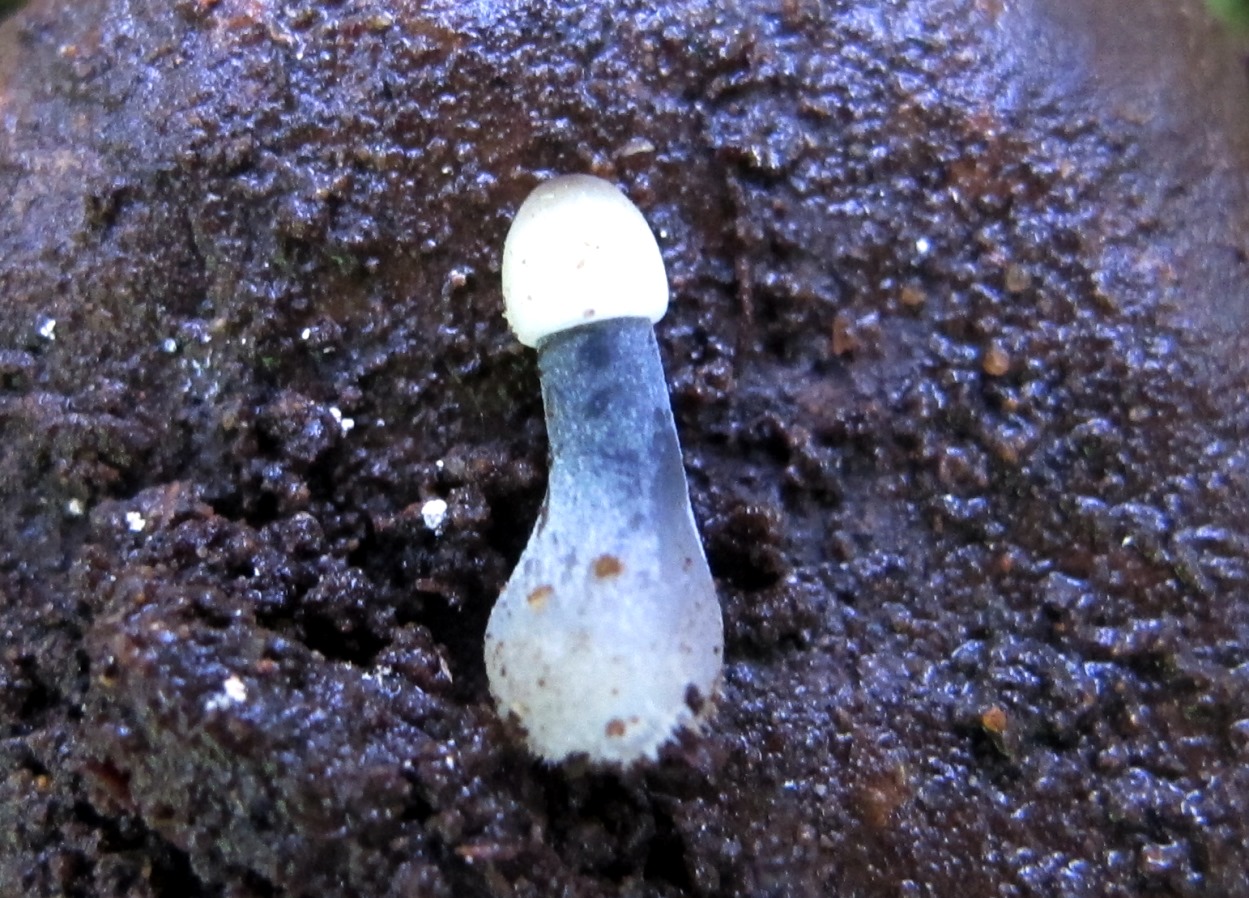
An example of the micro-fungus (3 X 9 mm), now separated from sewage sludge, about to open its mushroom cap.
A cluster of the small mushroom, identified as Mycena cinerella, thriving on the sewage sludge-covered forest floor several months following land-disposal of toxic sludge.
A cluster of M. cinerella thriving on the sewage sludge-covered forest floor seven months after land-disposal of toxic sludge.
M. cinerella growing and fruiting on forest floor debris, saturated in sewage sludge.
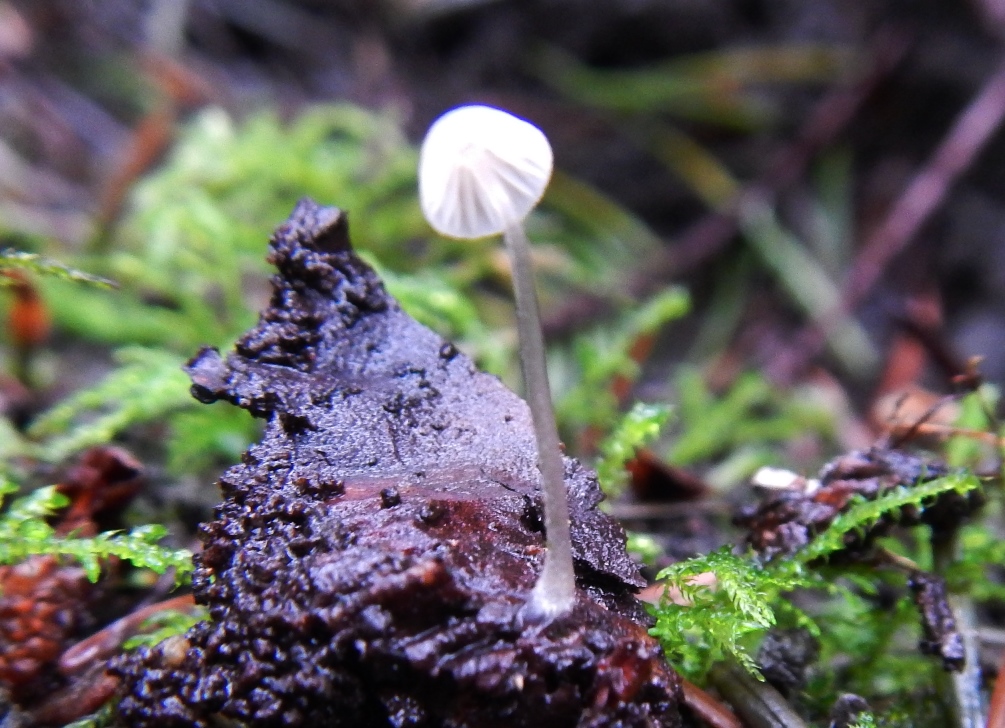
M. cinerella adjacent to forest-disposed sewage sludge, with few other microbes in sight.
Very few other Basidiomycetes are able to survive and thrive in the sludge-strewn forest environment.
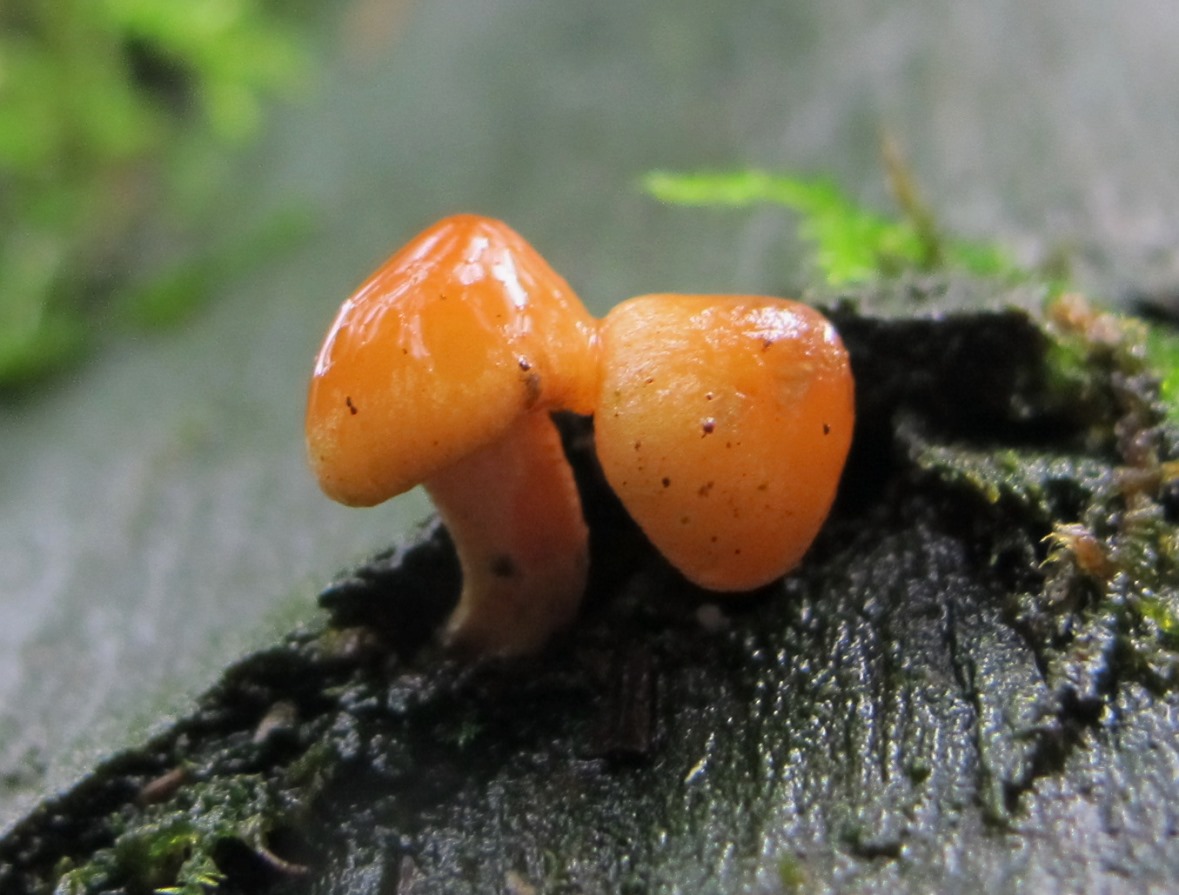
Very few other Basidiomycetes are able to survive and thrive in the sludge-strewn forest environment.
M. cinerella in an adjacent forest-disposed sewage sludge site, with few other microbes to be seen.
M. cinerella in an adjacent forest-disposed sewage sludge site, with few other microbes to be seen.
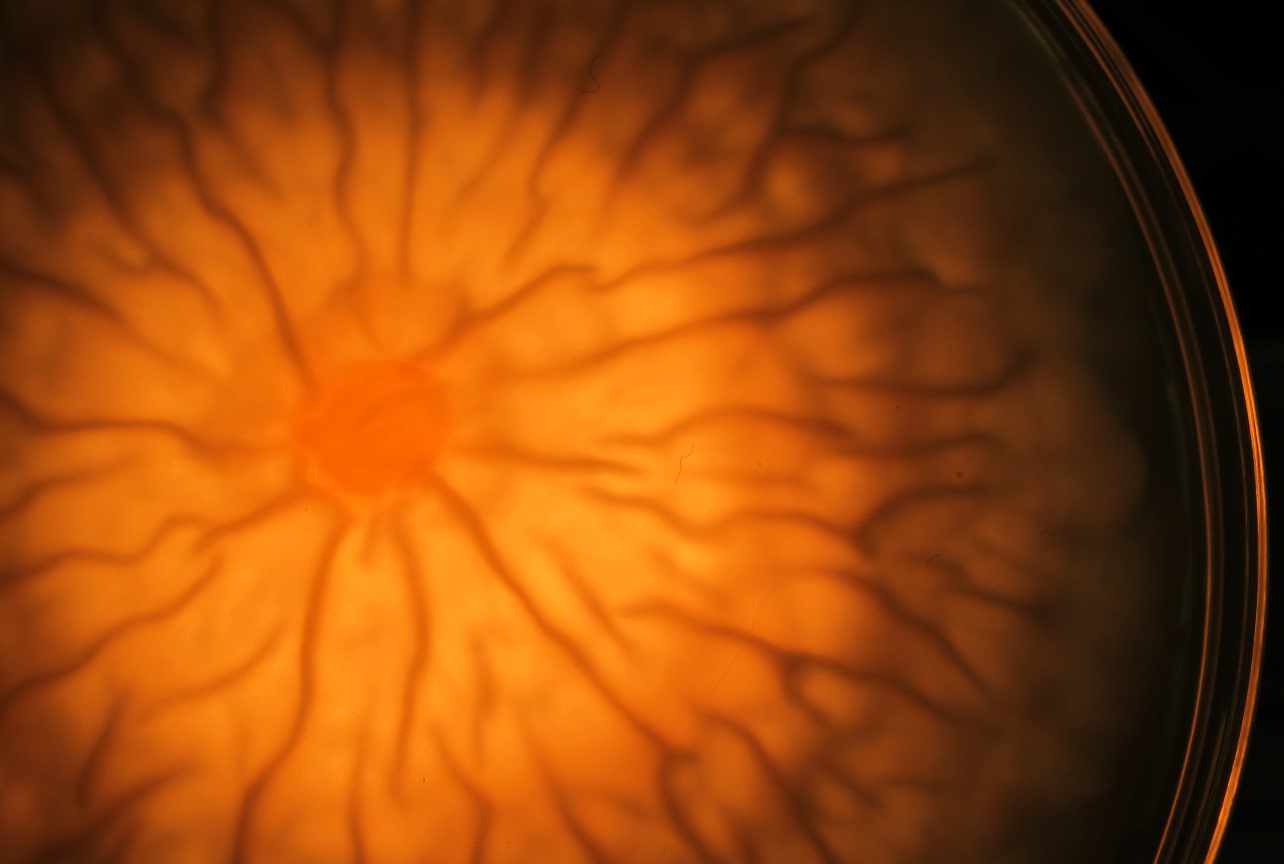
First solid agar medium culture of M. cinerella.
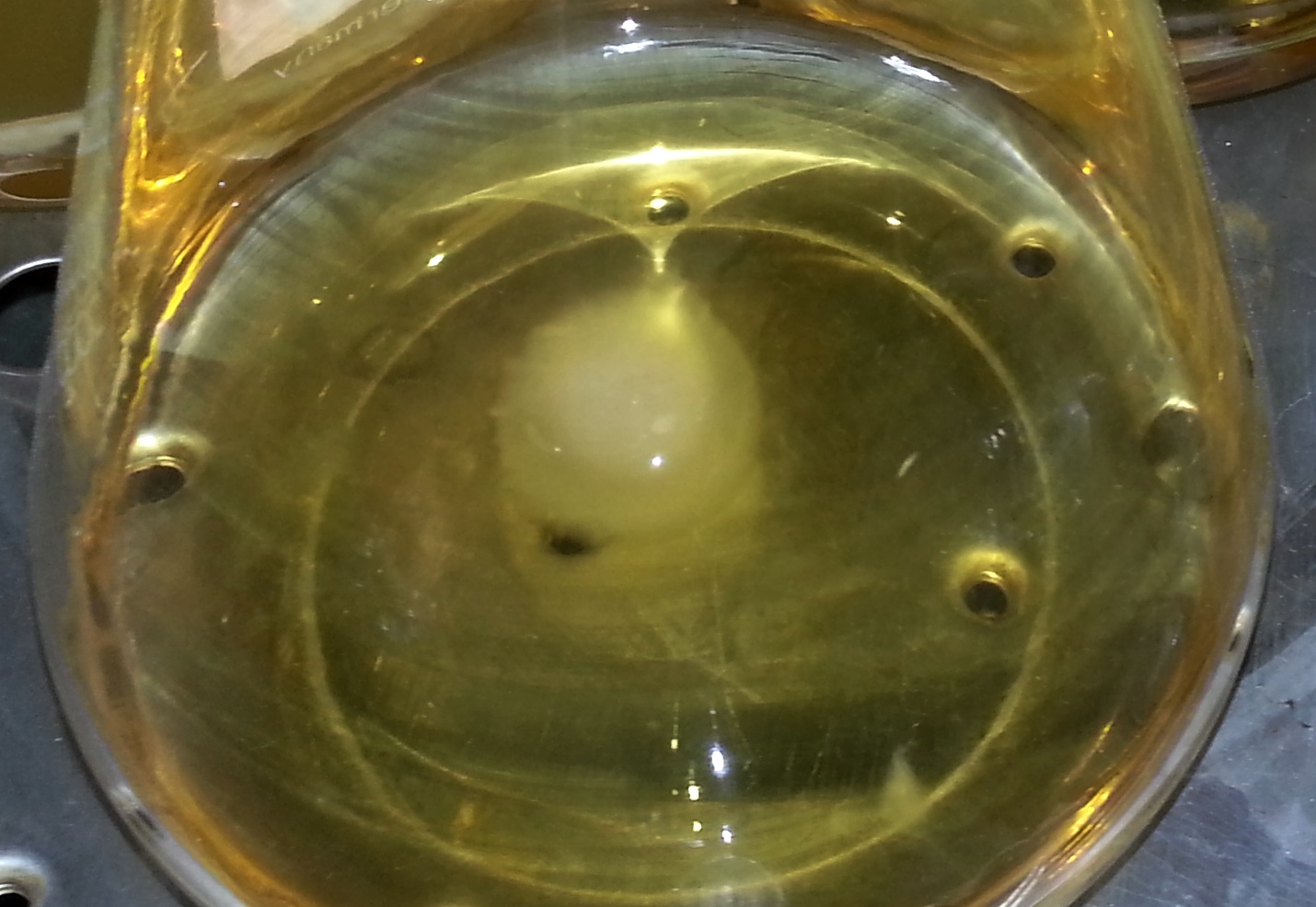
First liquid medium culture of M. cinerella.
A typical forest disposal site for sewage sludge, now perhaps to be exploited as a novel harsh environment resource for the discovery, invention and ultimate pharmaceutical development of new antibiotics.
A typical forest disposal site for sewage sludge, now perhaps to be exploited as a novel harsh environment resource for the discovery, invention and ultimate pharmaceutical development of new antibiotics.
Project Backers
- 48Backers
- 100%Funded
- $6,024Total Donations
- $104.56Average Donation



